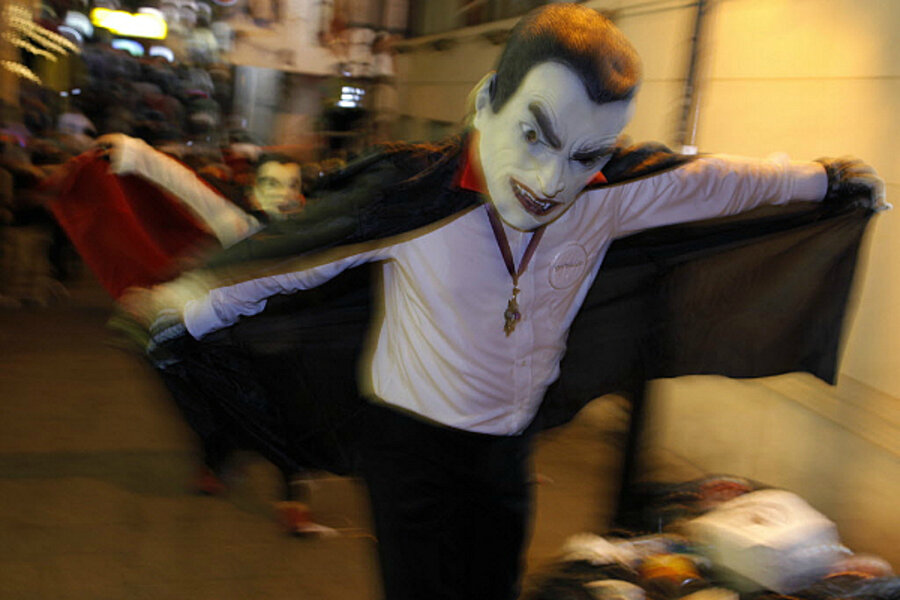The custom of dressing up in Halloween get-ups – ghosts, ghouls, monsters, witches, vampires, and so forth – dates back to 15th-century Western Europe. On this day, it was believed that ghosts came back to the earthly realm, and Christians, Celts, and ancient Druids would dress up in animal skins and masks in an activity known as “guising,” in order to safeguard themselves and confuse spirits that passed through the physical plane. This became especially popular during Samhain, a Gaelic harvest festival.
The first recorded practice of dressing up in Halloween costumes in North America was in 1911 when a newspaper in Kingston, Ontario, reported children guising around the neighborhood. Later in the 1930s, A.S. Fishbach, Ben Cooper Inc., and other firms began mass-producing Halloween costumes for sale in stores.
In 2005, 53.3 percent of consumers planned to buy a costume for Halloween, spending on average $38.11, a $10 increase from the year before, reported the National Retail Federation. In 2006, Americans spent $4.96 billion on Halloween costumes, a $3.3 billion increase from the year before. In 2009, however, the NRF reported that American households decreased Halloween spending by 15 percent, citing the troubled economy as the main reason for cutting back.





